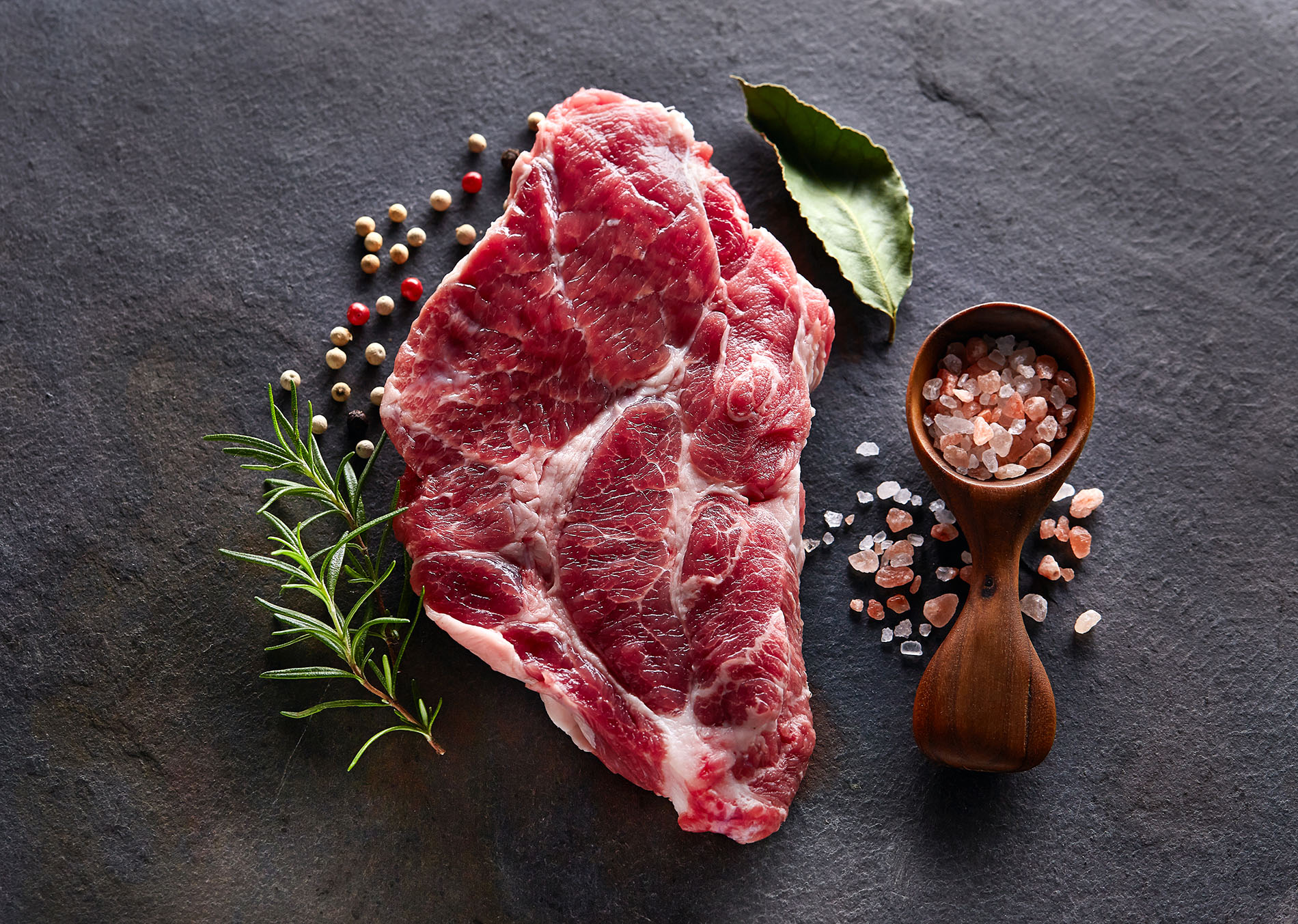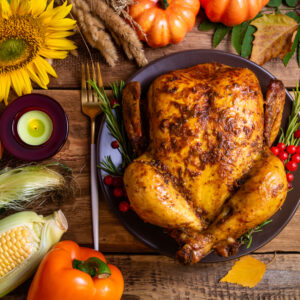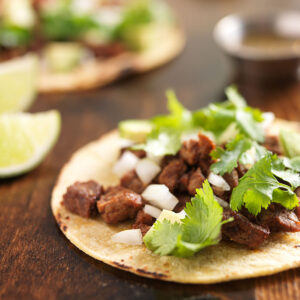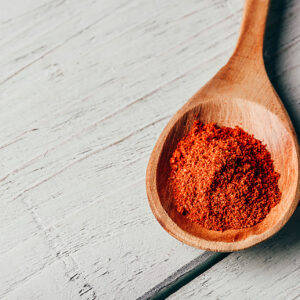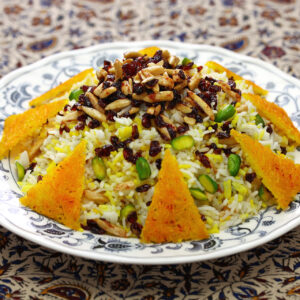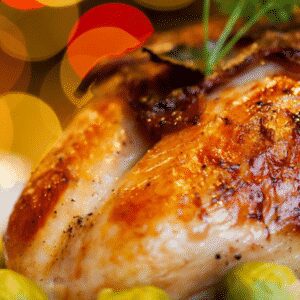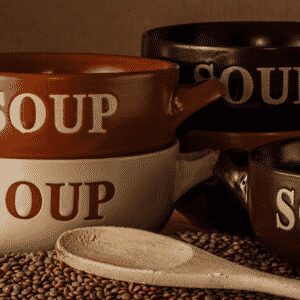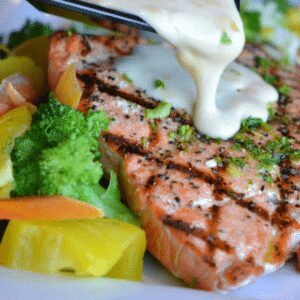Written for Spice Station Silverlake by: Amanda Csolak
When it comes to serving meat at dinnertime, there are three types that are most commonly seen in markets and on dinnertables across the country. Chicken and Beef have long ranked high in popularity among meat-loving Americans for centuries. But, in more recent years, pork has become a strong contender for the top spot.
So what changed? When exactly did pork become popular, and how can you incorporate it into unique and savory meals? In this article we will discuss the history of pork, how you can make it sweet or savory, and what started Americans obsession with all things pork.
The History of Pork
While the popularity of pork has steadily risen over the more recent years, its far from new to our kitchens. In fact, humans relationship with pigs may predate all other domesticated animals used for their meat. Archaeological evidence found in Turkey suggests that pigs were domesticated in approximately 9000 B.C. Further evidence suggests that wild boar, the ancestor of today’s pigs, were consumed as far back as 13,000 B.C.
Before pork was gracing our plates in America, pork was popular in other places around the world. The first region to enjoy pig on their plates was Asia. Over time, it’s popularity progressed through into Europe, eventually making it’s way to the Americas through the hands of the Spanish explorers who brought pigs with them on their long journey’s by ship. They in turn, left many of these pigs behind once they returned to Spain’s shores. Those pigs ultimately became the ancestors of the wild boar that still roam the country today.
Why Is Pork So Popular?
Bacon, sausage, pork chops, barbeque, no matter how you slice it, pork is popular. With so many different types of pork to choose from, you really can’t go wrong. Plenty of Americans love pork. But why? Here are some reasons that took pork from forgetful to fantastic.
Versatility: When it comes to versatility, pork wins first prize. Chefs and home cooks agree, this meat is great no matter how its prepared. Pork can be seasoned to be sweet, savory, or spicy and cooked in a variety of ways.
Lean & Healthy: While beef is great in it’s own right, it certainly isn’t lean like pork. Certain cuts of pork like sirloin roast, tenderloin or top-loin porkchops offer less fat than other options and serve as a great alternative to fattier choices for those who are watching their cholesterol or waistline.
Ad Campaigns: If you had a television or radio in the late 1980’s through the 1990’s than you likely have heard of the line: “Pork. The Other White Meat.” This famous ad was produced for the National Pork Board in 1987. Its goal was to increase the consumer’s demand for pork and to help dissolve the less than healthy reputation it had obtained in years prior. Needless to say, it worked.
Making Pork Sweet or Savory
When you decide to serve pork for dinner, there are a few things you need to consider. First which cut of meat do you want? There are many options but today we will talk about making pork chops, as its one of the most popular cuts of pork served for dinner in kitchen across America.
The second thing you need to consider is flavor. Do you want a sweet dish, or something savory? If you want something sweet, you can use fruit, like apples. Or if you prefer savory you can use spices such as garlic and black peppercorns. There are many different ways you can serve porkchops and every one of them is sure to please.
Four Ways To Serve Porkchops
- Pan-Fried: Also known as Country-fried steak, or Chicken-fried steak, is breaded and fried in a shallow pan one side at a time. Often served with a side of mashed potatoes and gravy, or potato salad, this dish always pleases those who have it.
- Honey Garlic: Using honey on pork may surprise some, but this special combo makes for one delicious meal. The sweetness of the honey paired with the strong flavor of garlic equals a match that will have mouths asking for more.
- Garlic & Herb: Garlic takes the stage again, but for something more savory this time. The marriage of herbs with garlic creates a savory dish that is sure to become a favorite in your household.
- Roasted Garlic and Cracked Black Peppercorn: For those who love all things savory, like me, this one is really great! The strong peppery flavor combined with the savoriness of roasted garlic gives this particular pork dish a hint of spice and a mouthful of flavor.
Lemon Pepper Pork Chops Recipe
This easy dish brings the warm citrus flavor of lemon and pairs it with fresh black peppercorns, making for an award winning dish that will not be left on anyone’s plate.
Prep time: 5 minutes
Cook time: 12 minutes
Ingredients:
- 4 boneless pork chops
- 1 tbsp. lemon pepper seasoning
- 1 tsp garlic powder granules
- 4 tbsp. butter
- 1 ½ tbsp. Dijon mustard
- 1 tbsp. Worcestershire sauce
Instructions:
- Lightly coat chops on both sides with lemon pepper seasoning.
- In a large frying pan melt 2 tbsp. of the butter, add chops and saute over medium heat until done about 2-3 minutes a side for thinner chops, more for thicker chops.
- Remove chops and cover with foil.
- Deglaze your pan with your additional butter, Worcestershire sauce and mustard. Move it around quickly with a spatula or big spoon until it comes together. Put chops back into the pan for 1 minute to coat with sauce. Pour remaining sauce over chops and serve.
Chef’s Tips:
- Opt for boneless chops (cooking duration varies based on chop thickness).
- Allow chops to rest at room temperature for 20-30 minutes prior to seasoning and cooking the meat. This will allow the chill to be released. Doing this will produce juicer pork and allow the meat to cook at a more even rate. Be sure to pat your chops dry with paper towels before seasoning. Just be sure not to let them sit out too long, we don’t want anyone getting food poisoning!
- Thoroughly season the chops.
- Start by cooking on medium-high heat, then reduce to medium.
- While cooking, employ tongs to brown the edges and ends of the pork. This enhances flavor and helps melt any excess fat.
- Utilize a digital meat thermometer to gauge doneness and avoid overcooking the pork.

